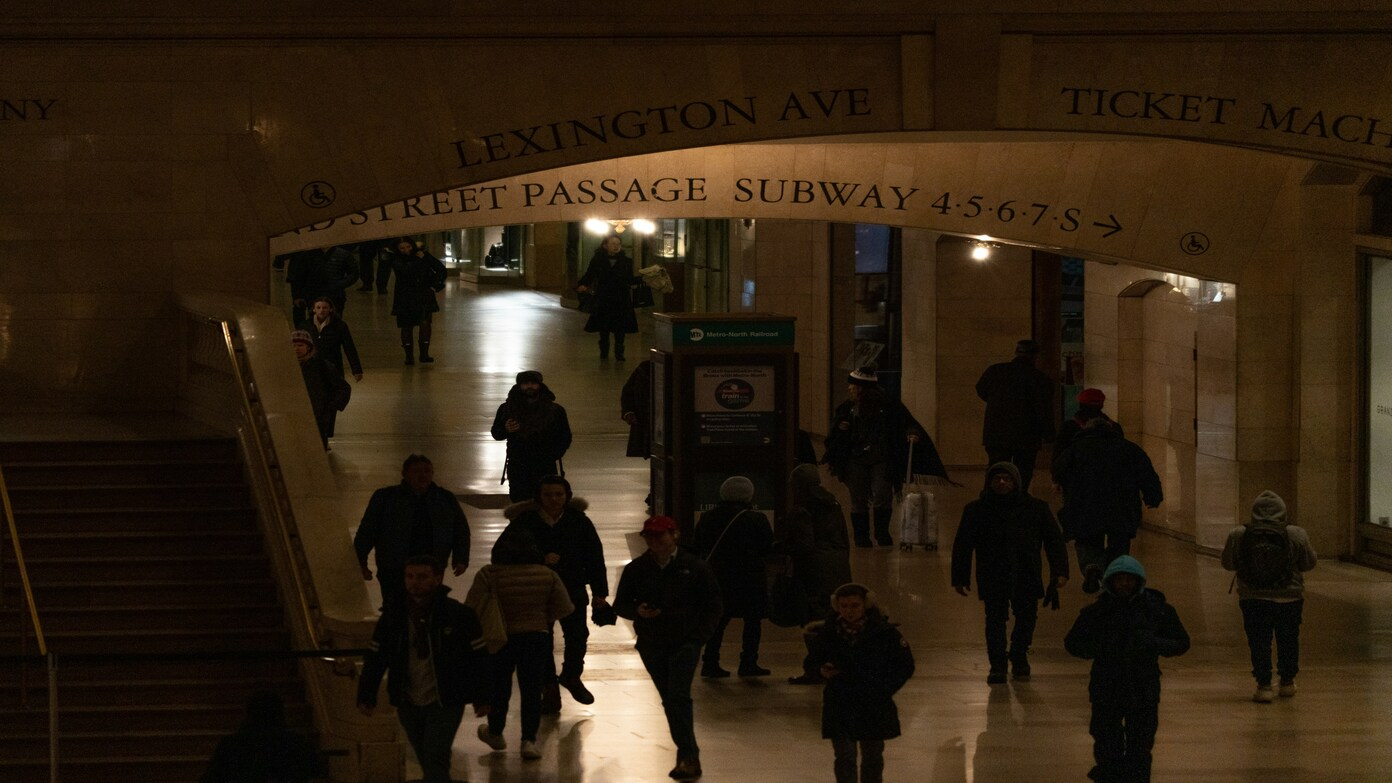California residents affected by recent wildfires received extra Supplemental Nutrition Assistance Program (SNAP) benefits this month. The state issued these replacement benefits to help families who lost food due to prolonged power outages. Here’s what you need to know about the additional assistance.
Read now: These are the SNAP Payments as of January 1, 2025: when are Food Stamps paid in each state?
Why extra benefits were given
- California issued additional Supplemental Nutrition Assistance Program (SNAP) benefits to eligible recipients this month.
- These replacement benefits were meant to help those affected by the recent wildfires in the Los Angeles area.
- Many families lost food due to power outages caused by the wildfires.
- SNAP, known as CalFresh in California, helps low-income individuals and families buy groceries.
Why it matters
- Widespread wildfires led to prolonged power outages, causing food spoilage for many SNAP recipients.
- Across the U.S., more than 40 million Americans rely on SNAP for essential groceries.
- The replacement benefits ensured that impacted households could restock their food supply without financial strain.
Key details about the benefits
- Some CalFresh recipients received extra benefits last week to offset losses from the wildfires.
- The federal government approved benefit replacements for recipients in 69 zip codes.
- These zip codes experienced extended power outages, likely leading to food spoilage.
- Nearly 82,000 California households received a total of approximately $11 million in additional SNAP benefits.
- The replacement benefits were automatically added to Electronic Benefit Transfer (EBT) cards.
- Only those who lived in areas that suffered power outages from January 6 to January 18 qualified.
How much was provided
- The extra money accounted for 40% of each recipient’s regular benefits.
- For a family of three in a qualifying ZIP code, this meant an additional $307 for groceries.
- Qualifying areas included parts of the following counties:
- Los Angeles
- Butte
- Fresno
- Imperial
- Inyo
- Kern
- Mono
- Orange
- Riverside
- San Bernardino
- San Mateo
- Tuolumne
- Ventura
- All benefit replacements were issued on January 31 by the California Department of Social Services.
Read now: Will I still get SNAP benefits or is it affected Trump’s federal funding freeze?
What officials are saying
- Jennifer Troia, Director of the California Department of Social Services:
- “It’s critical that people have access to food, and these replacement CalFresh benefits will help Southern California households in need.”
- “We continue to work alongside our state, local, and federal partners on the forefront of California’s response and recovery efforts.”
- Kevin Thompson, CEO of 9i Capital Group:
- “The wildfires not only destroyed property but also caused significant damage to utilities and energy facilities.”
- “These outages likely led to food spoilage, in addition to the loss of homes and property.”
- Alex Beene, Financial Literacy Instructor at the University of Tennessee at Martin:
- “CalFresh has had highs and lows based on awareness and enrollment.”
- “Providing these extra benefits at a time of crisis is not just necessary, but also raises awareness for others who might qualify.”
What happens next
- The remaining February SNAP benefits for Californians will be issued as usual.
- Nationwide, SNAP benefits saw a slight increase in 2024:
- The maximum benefit for a single recipient rose to $292 per month (a $1 increase).
- For a household of four, the maximum increased to $975 per month (a $2 increase).
- SNAP recipients should check their EBT accounts for updates on their benefit disbursements.
This initiative helped thousands of Californians replenish their food supplies after the devastation of the wildfires, ensuring they could continue to feed their families without added financial burden.
